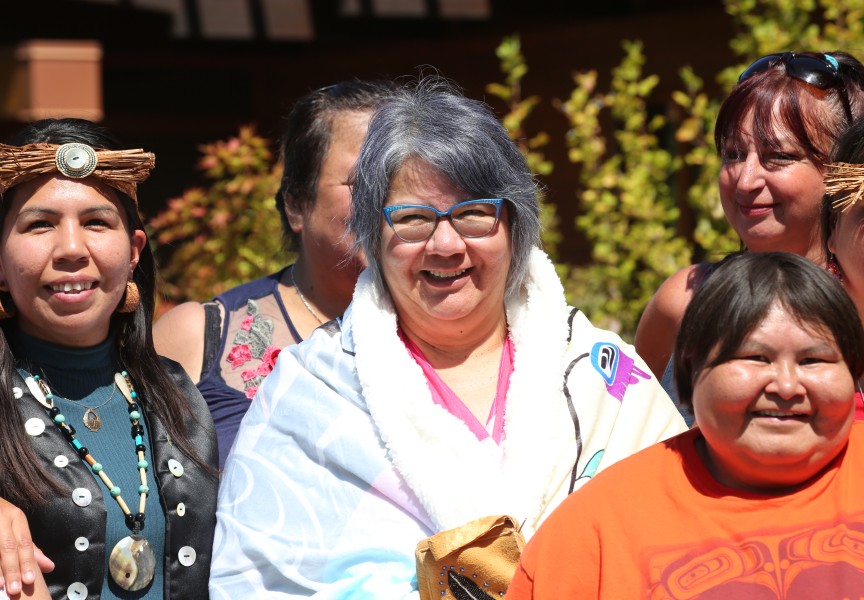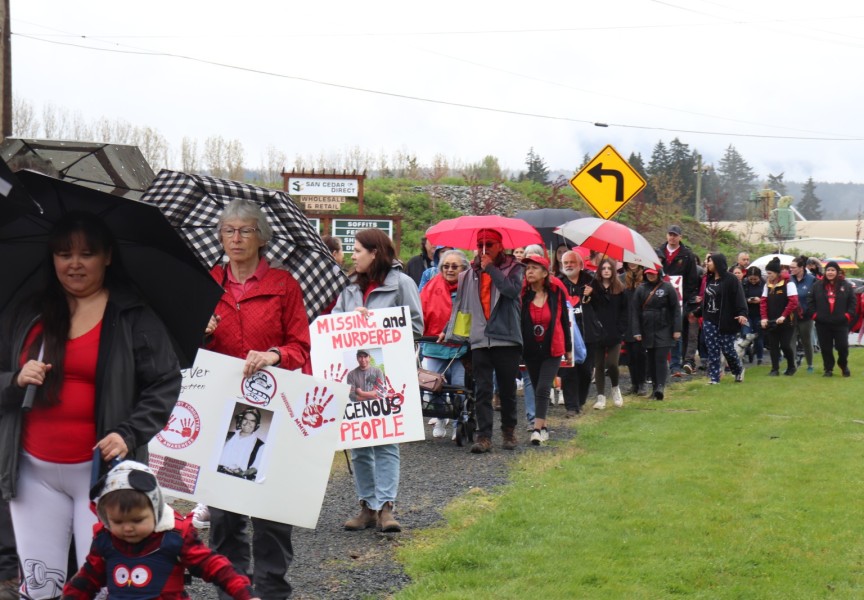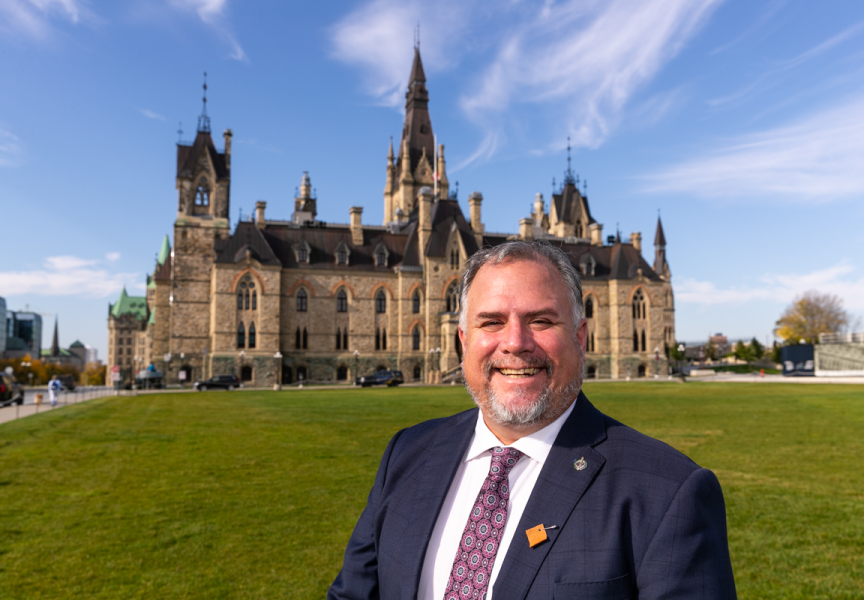TSESHAHT FIRST NATION ENDORSES RECOMMENDATION OF THE TRUTH AND RECONCILLIATION COMMISSION AND APPLAUDS THEIR WORK
The Tseshaht First Nation is today fully endorsing the work of Canada’s Truth and Reconciliation Commission. The Tseshaht lands were home to the notorious Alberni Indian Residential School (hereafter “AIRS”). AIRS was in operation from 1892 until 1973. It first operated as the Alberni Girls’ Home and in 1900 became the Alberni Indian Residential School.
“The legacy of Residential Schools is an appalling legacy filled with attempts at cultural genocide, abuse of children, and even death,” said Tseshaht Chief Councillor Hugh Braker. “It is a legacy that Canada must recognize, confront, and deal with” he added.
On March 21, 1995, Arthur Henry Plint was sentenced to 11 years in prison for the sexual abuse of 16 young boys at the AIRS over a twenty year period. It is believed he had many more victims. In the sentencing Judgement, Mr. Justice Hogarth (B.C. Supreme Court) said,
“...so far as the victims of the accused in this matter are concerned, the Indian Residential School System was nothing but a form of institutionalized paedophilia, and the accused so far as they are concerned, being children at the time, was a sexual terrorist.”
Justice Hogarth referred to the students as “...prisoners in the residential school...”
After reflecting on the abuse suffered by the victims in the Plint case, Justice Hogarth said
“Some of them (the victims) will be permanently affected. All of them will have difficulties, I have no doubt whatsoever, of one kind or another.”
Chief Braker said Justice Hogarth’s comments apply to every residential school in Canada. Almost all students have had resulting difficulties Chief Braker pointed out. “Today we are still trying to deal with those difficulties”.
In R. v. Father McIntee, Judge Cunliff Barnett of the Provincial Court of B.C. said:
“It must be remembered that the schools (Indian residential schools) were established to further Canadian government policy. That policy was intended to destroy the Indian social fabric so that the Indian people might be “absorbed into the body politic” thus eliminating the “Indian question”.
“Generations of children were wrenched from their families and communities. They were taught to be ashamed of being Indian. They were not accepted into white society and were strangers at home. Some were institutionalized....”
Tseshaht elder, the Late Allan Dick said, in speaking of Residential School,
“I know and realize how hard and how much hurt it’s created (in) a lot of people, I’ve heard it so many times, different places. It’s not only hurting themselves, they’re hurting their family they’re hurting their relatives.”
“Some Canadians wonder why the Aboriginal People raise the residential school issues.” Chief Braker said, “They say it happened long ago and we should forget it. But First Nation governments will be dealing with the effects of residential schools for years to come. The effects will carry on for generations. Tseshaht elder Allan Dick was right, the effects of residential school are like a disease that spreads in the family and community.”
Speaking on the issue of the eradication of the Aboriginal languages, Tseshaht Elder Ramona Gus said,
“We couldn’t speak our own language...We weren’t allowed to speak our own language. We’d get a strappin’ or something.”
And Tseshaht elder Late Irma Bos said:
“One of my Uncles that passed away not long ago, he was so totally punished, he was supposed to be burned on the tongue for speaking his own language, that he’s never taught his own children.”
“The residential school system was an attempt to destroy Aboriginal culture”, Chief Braker pointed out.” “In 1996, the Nuu Chah Nulth Tribal Council, of which Tseshaht is a member, published a book called ‘Indian Residential Schools: The Nuu-chah-nulth Experience’ and that book recounts the horrors suffered by students in residential schools.”
Chief Braker pointed out that the Tseshaht and other Nuu Chah Nulth First Nations have been passing resolutions calling for efforts to address the effects of residential school for almost 25 years. “Tseshaht leader the Late George Watts was instrumental in closing down AIRS” said Chief Braker. “He realized the evil that went on in the school and the need to turn our minds to healing”.
“The TRC has done an excellent job with bringing out the Truth on Indian Residential Schools. They have put the facts and the record before Canadians. Now we must address the effects of that Truth and seriously continue the healing. All Canadians must now reconcile our dark history with what we all hope will be a bright future. The future of Canada’s relationship with it’s Aboriginal People is dependent on that Reconciliation.” Chief Braker said.
“By calling for efforts to bring back aboriginal languages and establish healing centres, the TRC is addressing the effects of Residential Schools,” Chief Braker pointed out. “By calling for residential school effects to be added to school curriculums and by calling for Canada to adopt the U.N. Declaration on the Rights of Indigenous Peoples the TRC is confronting the need for Reconciliation. The TRC report and recommendations are measured, wide ranging, constructive and, ultimately, aimed at healing and reconciliation. The government should immediately put in place a plan to implement the recommendations.”






